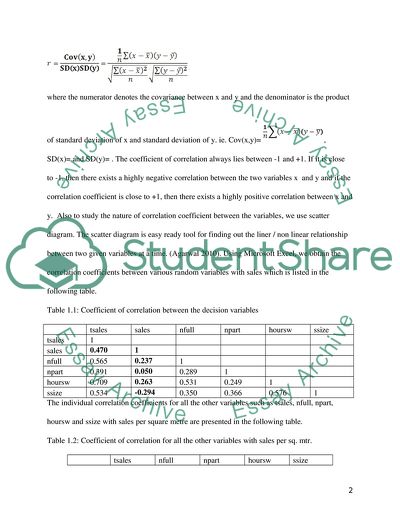Cite this document
(The Study of Direct Annual Sales of 400 Dutch Fashion Stores in 1990 Statistics Project Example | Topics and Well Written Essays - 2250 words, n.d.)
The Study of Direct Annual Sales of 400 Dutch Fashion Stores in 1990 Statistics Project Example | Topics and Well Written Essays - 2250 words. https://studentshare.org/statistics/1866130-l1025-stat-report
The Study of Direct Annual Sales of 400 Dutch Fashion Stores in 1990 Statistics Project Example | Topics and Well Written Essays - 2250 words. https://studentshare.org/statistics/1866130-l1025-stat-report
(The Study of Direct Annual Sales of 400 Dutch Fashion Stores in 1990 Statistics Project Example | Topics and Well Written Essays - 2250 Words)
The Study of Direct Annual Sales of 400 Dutch Fashion Stores in 1990 Statistics Project Example | Topics and Well Written Essays - 2250 Words. https://studentshare.org/statistics/1866130-l1025-stat-report.
The Study of Direct Annual Sales of 400 Dutch Fashion Stores in 1990 Statistics Project Example | Topics and Well Written Essays - 2250 Words. https://studentshare.org/statistics/1866130-l1025-stat-report.
“The Study of Direct Annual Sales of 400 Dutch Fashion Stores in 1990 Statistics Project Example | Topics and Well Written Essays - 2250 Words”. https://studentshare.org/statistics/1866130-l1025-stat-report.


